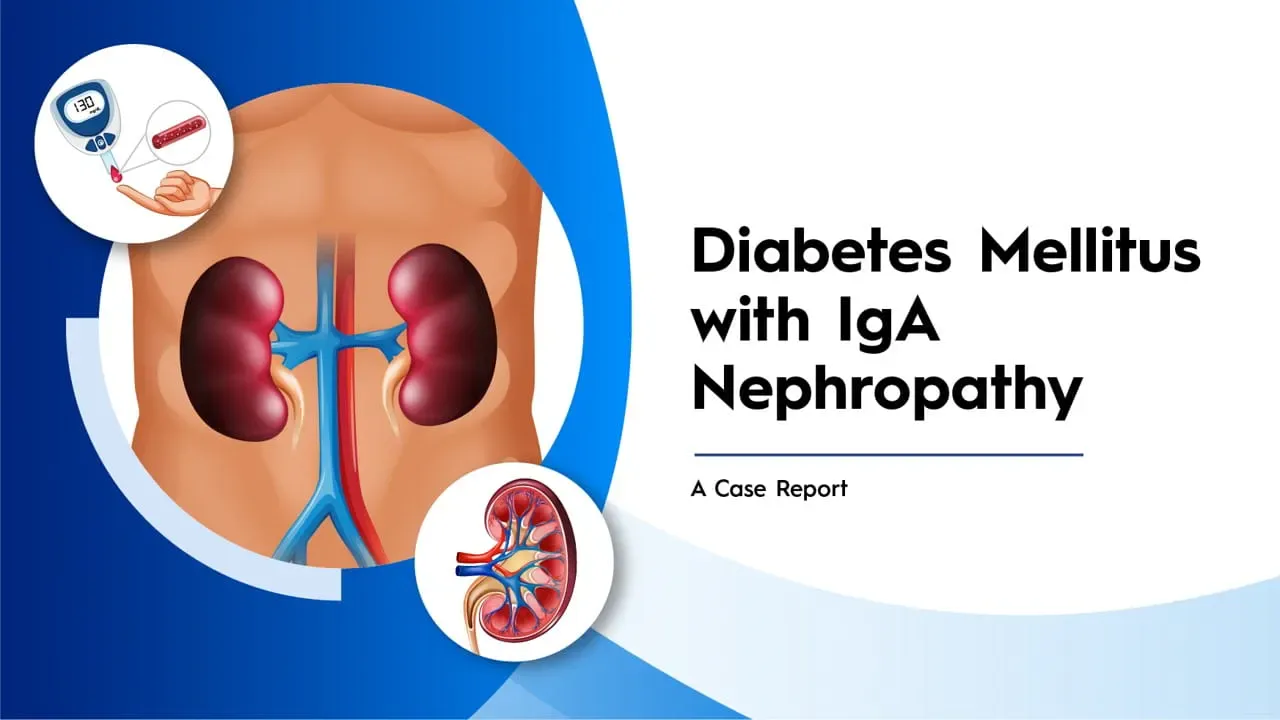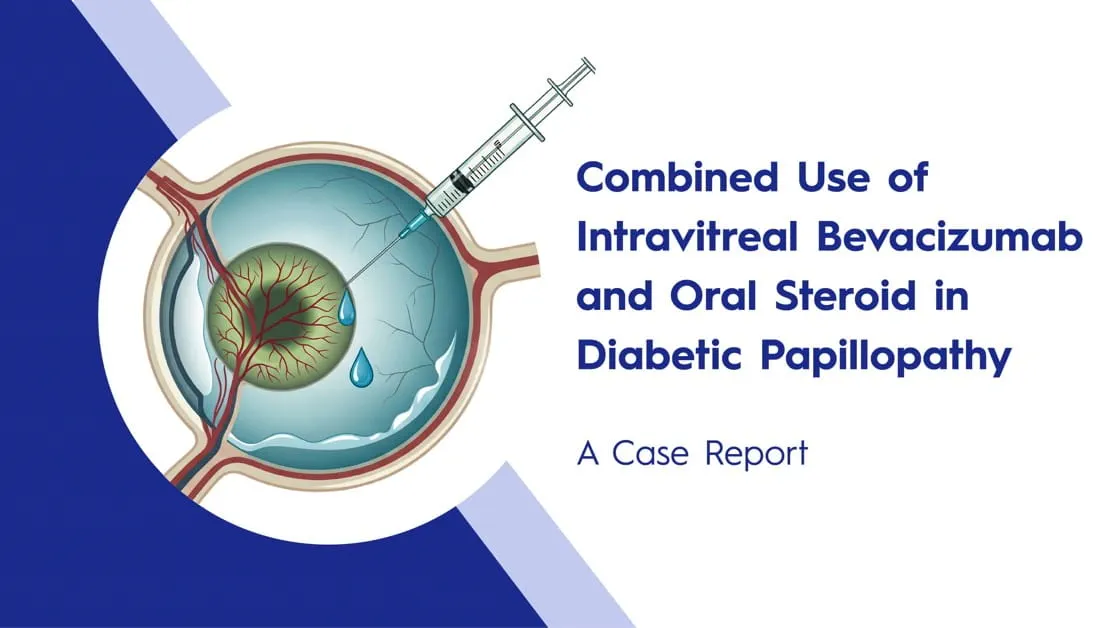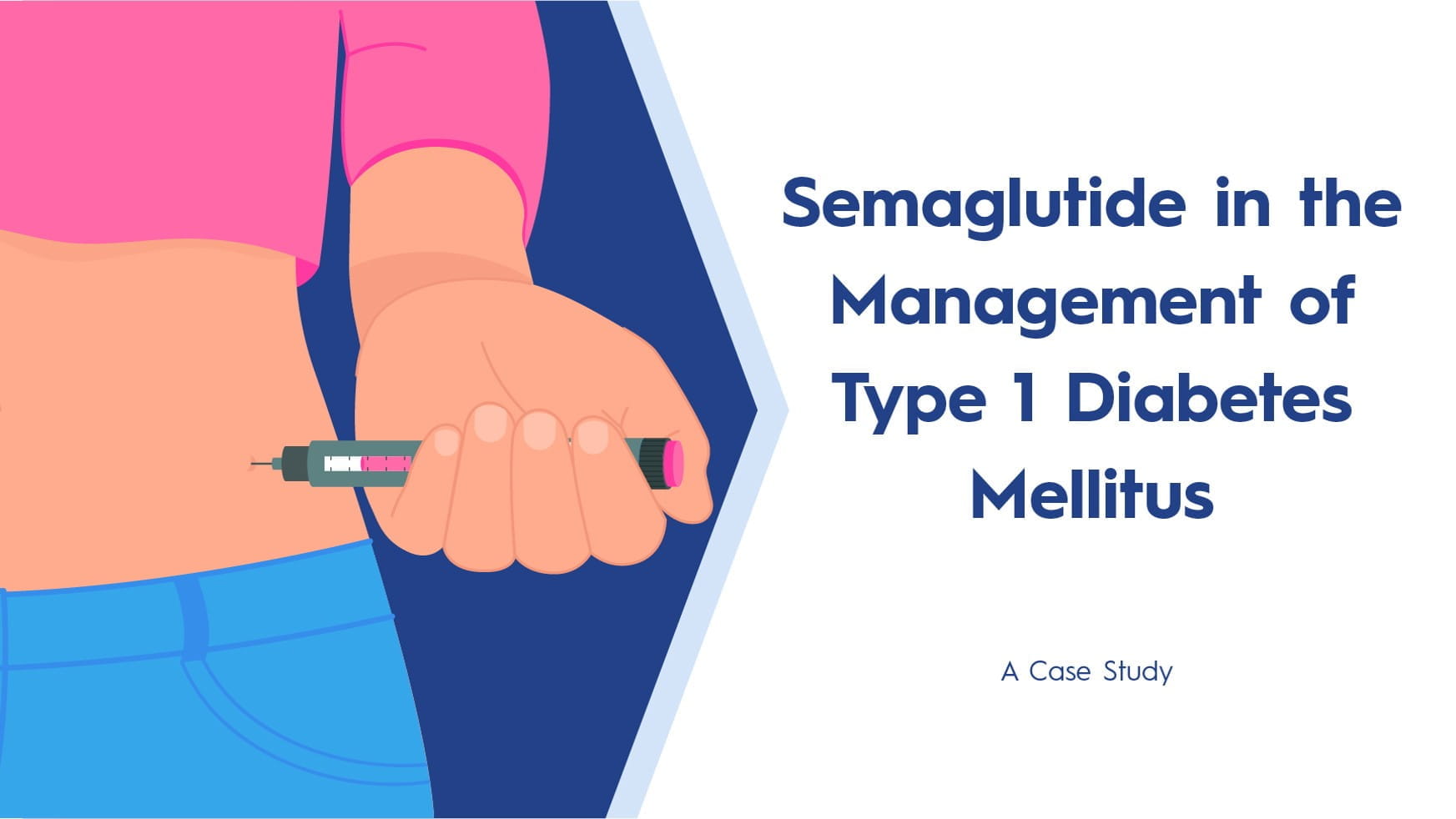ADA 2025: 2028-LB - Clinical Factors Associated with Greater Glycemic Variability in Patients with Type 2 Diabetes
Introduction and Objective:
Glycemic variability (GV) is linked to suboptimal glycemic control and an increased risk of complications in individuals with type 2 diabetes mellitus (T2DM). The coefficient of variation (CV), calculated from continuous glucose monitoring (CGM) data, is widely regarded as a robust and reliable metric for assessing GV.
Study Design:
- The study included 773 patients with T2DM. A multivariate linear regression model was applied to explore associations between CV and various clinical factors: age, sex, BMI, duration of diabetes, HbA1c, medication use, and estimated glomerular filtration rate (eGFR).
- A subgroup analysis was performed for 396 patients with HbA1c < 7.5%, to assess GV determinants in patients with well-controlled diabetes.
Results:
The mean age T2DM patients was 53.37±11.74 years, and 60.4% of them were male.
Associations between CV and various clinical factors:
- Age was positively associated with GV (β=0.08, p<0.001), indicating that older patients tended to have higher glucose fluctuations.
- Low BMI (<18.5 kg/m²) was significantly linked to higher GV (β=4.40, p=0.006), whereas BMI 25–30 kg/m² was associated with lower GV (β=−0.94, p=0.046).
- A longer diabetes duration (≥10 years) was also a strong predictor of increased GV (β=3.24, p<0.001).
- Higher HbA1c (≥9.0%) compared to <7.5% was associated with greater GV (β=1.44, p=0.010), indicating GV worsens with poor glycemic control.
- Medication-associated variability among medication groups:
- Triple oral antidiabetic therapy (β=2.31, p=0.010)
- GLP-1 receptor agonists (β=2.14, p=0.005)
- Insulin therapy (β=4.63, p<0.001) were all significantly linked to increased GV.
Subgroup Analysis in Well-Controlled Diabetes:
- In patients with HbA1c <7.5%, similar associations were observed.
- Older age, lower BMI, and use of GLP-1 RAs, insulin, and triple oral therapies remained significantly associated with elevated GV.
- This suggests that even in the context of well-controlled HbA1c, treatment type and clinical characteristics still drive glucose instability.
Conclusion:
Greater glycemic variability in patients with type 2 diabetes was associated with older age, lower BMI, longer duration of diabetes, elevated HbA1c, and the use of triple oral therapy, GLP-1 receptor agonists, and insulin. These findings highlight the need for GV management strategies to account for these clinical factors to enhance glycemic stability.
ADA 2025, 20-23 June, Chicago




